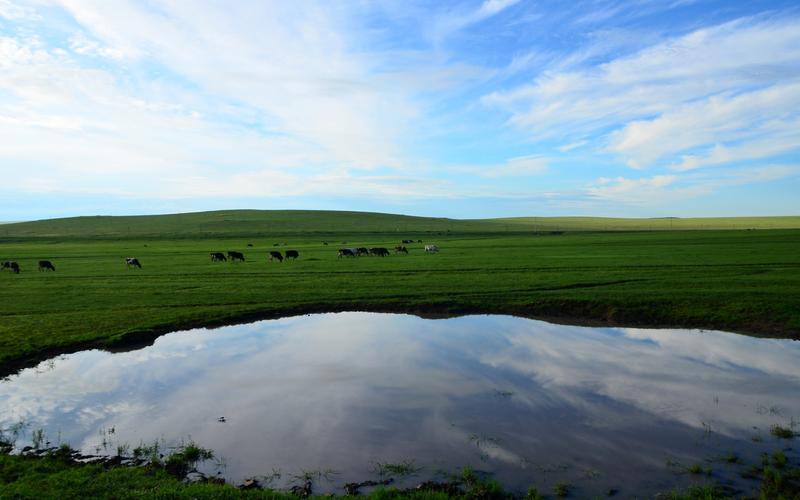Uncovering the Rich Heritage: A Closer Look at the 5 Cultures of China
China is one of the oldest civilizations in the world, with a history that spans over 5,000 years. Over this time, the country has been inhabited by numerous ethnic groups, each with its distinct culture, traditions, and belief systems. Today, there are five major cultures in China – Han, Tibetan, Mongolian, Uyghur, and Zhuang – each with its unique characteristics and contributions to the country’s heritage.
1. Han Culture
The Han people make up the majority of China’s population and are considered the country’s native group. Their culture has been the dominant force in Chinese history, art, language, literature, and philosophy. The Han have made significant contributions to the fields of science and technology, politics, and economics. Their traditional festivals and customs are colorful, rich in symbolism, and reflect the customs of China’s agrarian past.
2. Tibetan Culture
Tibetan culture developed in the Himalayan region of Tibet, where the people have lived for thousands of years. Their unique way of life revolves around their beliefs in Buddhism and their nomadic traditions. Tibetan architecture and art are distinctive, with intricate carvings, frescoes, and handmade jewelry being popular features. Their traditional festivals, such as the Tibetan New Year, are celebrated with much pomp and grandeur, and often involve religious ceremonies and rituals.
3. Mongolian Culture
Mongolian culture evolved from the nomadic lifestyle of the Mongol tribes that roamed the steppes of central Asia. Their history is marked by the reign of Genghis Khan, who established the Mongol Empire and conquered much of the known world. Mongolian culture is characterized by its unique pastoral lifestyle, which includes horsemanship, hunting, and livestock breeding. Their art, music, and dance are an integral part of their culture, and their traditional costumes are colorful and vibrant.
4. Uyghur Culture
The Uyghurs are a Turkic ethnic group who primarily reside in the Xinjiang Uyghur Autonomous Region of China. Their culture has been influenced by their Islamic beliefs, and they have a long history of trade with the neighboring Central Asian countries. Uyghur music, dance, and literature are an important aspect of their culture, and their bazaars are renowned for their vibrant atmosphere and local crafts.
5. Zhuang Culture
The Zhuang people are an ethnic minority group that primarily lives in the Guangxi Zhuang Autonomous Region of China. Their language and culture are distinct from that of the Han Chinese, and their art, music, and dance have unique characteristics. Zhuang architecture is also distinguished by its intricate wood carvings and multi-colored windows.
In conclusion, China’s rich heritage is an amalgamation of the unique cultural characteristics of the country’s various ethnic groups. Each culture has its distinct language, customs, traditions, and beliefs, which have contributed to the country’s social and historical fabric. A closer look at each of these cultures provides a deeper understanding of the rich cultural diversity that defines modern-day China.
(Note: Do you have knowledge or insights to share? Unlock new opportunities and expand your reach by joining our authors team. Click Registration to join us and share your expertise with our readers.)
Speech tips:
Please note that any statements involving politics will not be approved.
